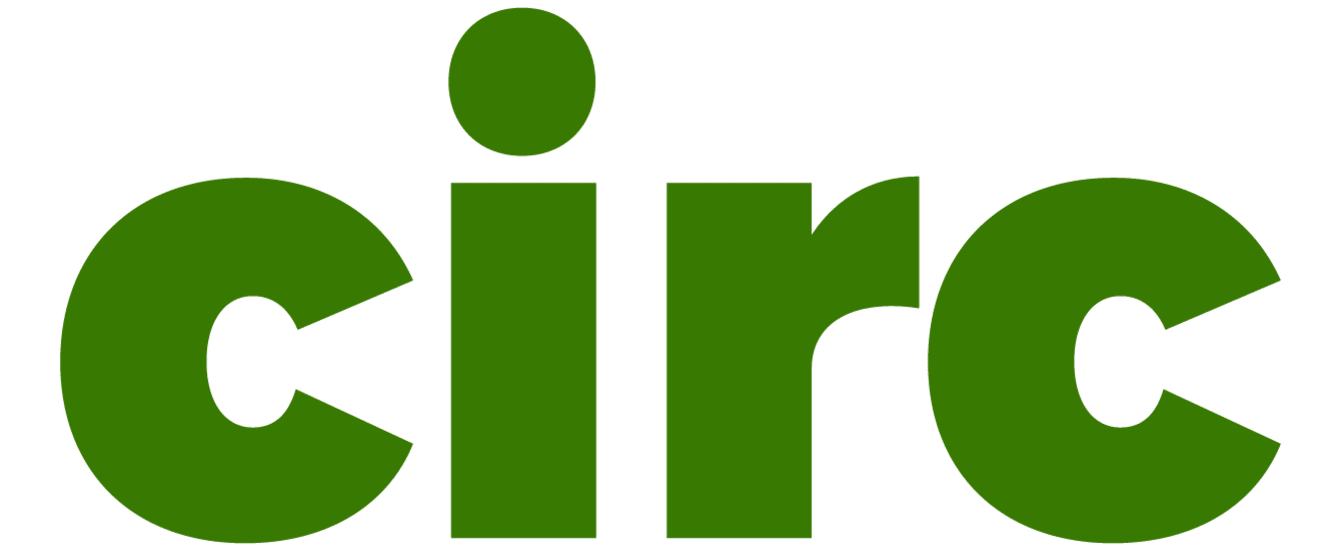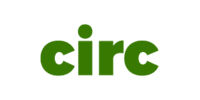Rick: Do you think it helped that this was done as a podcast?
Emily: I’ve spent my entire career in audio. First radio. Now podcasts. When my first reports on this topic came out, I was distressed when numbers showed far more people were reading the stories than listening to them. That flipped with “Sold a Story.” One reason is we changed the way we present the stories. I used to create an audio version and then write an article that was basically a mirror of what was in the podcast—same content, same characters. We don’t do that anymore. Because I want people to listen! There’s something powerful about hearing people tell their stories. Our voices carry a lot of emotion. A pause, a sigh, emphasis on a particular word—those things convey so much. Also, “Sold a Story” is a multipart podcast. The earlier stories were one-offs. There’s something especially compelling about a serialized story. Ask Sarah Koenig or Charles Dickens!
Rick: Can you say a few words about what you’re working on now?
Emily: We’re far from done reporting on this topic. Since the original six episodes of “Sold a Story” were released in the fall of 2022, we have produced four additional episodes. And we have new episodes dropping on February 20. In Episode 10, we say this about where we are going with the podcast: We want to know what’s working in schools as they are changing how they teach reading. And what’s not working—and why? There’s a lot to do! The next episodes focus on the “lists” that have come in the wake of “Sold a Story”—lists of approved programs that states are encouraging, and in many cases requiring, schools to buy from. We’re digging into these lists—and whether they’re a good idea.
Rick: Taking a step back, from where you sit, how big a shift are we really seeing in reading instruction?
Emily: I think it remains to be seen. Reid Lyon, one of the architects of Reading First—the controversial federal effort more than two decades ago to focus schools on evidence-based reading—told me he thinks this time is different. “What’s changed is this tremendous hunger for information,” he said. “There’s a thoughtfulness about reading in the country today. There is an actual mature conversation.” I hope he is right, and I hope our work can continue to help nurture a thoughtful conversation. Like I said, more to come. Stay tuned.
Rick: How do you feel about the various “science of reading” laws that states are passing?
Emily: My feelings are mixed. I agree with cognitive scientist Mark Seidenberg, who said he views the legislation related to the science of reading as “kind of the last resort.” It’s significant that legislators are stepping up to try to do something. Teachers say that they are grateful for some of what is in these laws, such as the resources and training they want and need. However, trying to solve complex problems with top-down policies comes with complications and unintended consequences. We’ll be exploring an example of that in our upcoming episodes. I’m cautiously optimistic that more kids will get the instruction they need to become better readers. But we are surrounded by threats to reading. Digital devices, video—podcasts! Kids—and adults—are reading less and less.
Rick: Is there any one sign you’ve seen when it comes to the shifts in literacy instruction that makes you particularly optimistic? Is there one that you find especially disconcerting?
Emily: I’m optimistic because so many teachers are interested in the research on reading and are eager to learn more. During Reading First a narrative seemed to take hold that all of this was “anti-teacher.” That’s not the case now. Teachers are taking the lead here by sharing information with their colleagues and asking their administrators for resources and training. I do think there needs to be more collaboration between teachers and scientists. Teachers need help translating the science into practice. And scientists need help understanding the daily challenges of being a teacher. And everyone needs to be attuned to the complexity of systems change. My biggest concern is that laws and policies won’t be amended as needed because of politics or because attention has moved on to the next big thing. Improvement here requires commitment over time.
Rick: Last question. Any advice for educators when it comes to making sense of what we know about reading instruction or for sharing that with their colleagues and community?
Emily: There are a lot of downsides to technology and social media, but one of the benefits is that good information on this topic is more accessible than it was 20 years ago, during Reading First. Teachers are not just sharing information. They are writing about their experiences. And there are lots of open-access articles that explain and summarize the research. Using these pieces, I put together a suggested reading list. I am also hosting a speaker series as the journalist-in-residence at Planet Word, the museum of words and language, in Washington. One of the themes we hope to tackle is how teachers and scientists are working together to bridge the gap between research and practice. There is still a lot to learn.


